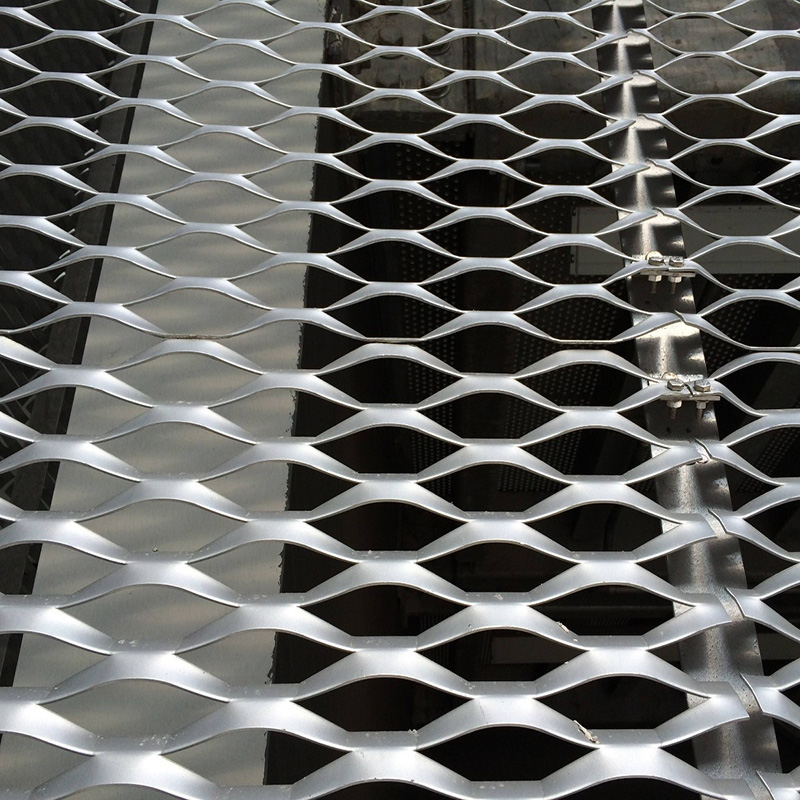-
+86 15030157877
-
sales@galvanizedmetalmesh.com
Dec . 13, 2024 06:50 Back to list
Exploring the Applications and Benefits of Wire Netting in Various Industries
The Versatility and Applications of Wire Netting
Wire netting, also known as wire mesh or wire fencing, is a versatile material used in various applications across different industries. Composed of interconnected wires that can be made from materials such as stainless steel, galvanized iron, or plastic-coated steel, wire netting serves as a reliable solution for security, safety, and construction needs. Its adaptability makes it a popular choice in agricultural, industrial, and residential settings.
Agricultural Uses
One of the primary applications of wire netting is in agriculture. Farmers widely use it for fencing around livestock enclosures to protect animals from predators and to prevent them from wandering onto roads or neighboring properties. The strong yet flexible nature of wire netting allows it to withstand harsh weather conditions and physical impacts, making it a durable choice for animal husbandry.
In addition to livestock protection, wire netting is also beneficial for crop protection. It can be employed as bird netting to shield fruits and vegetables from birds and pests that could damage the harvest. Additionally, wire netting is used in the construction of plant supports and trellises, allowing climbing plants and vines to grow efficiently while maintaining their structure.
Industrial Applications
Wire netting finds significant use in various industrial applications due to its strength and ability to meet specific safety standards. It is commonly utilized in factories and workshops to create protective barriers for machines and equipment, reducing the risk of accidents and ensuring employee safety. The high visibility of wire netting allows for easy monitoring of work areas, thus contributing to a safer workplace.
Moreover, wire netting is often employed in the construction industry as a reinforcement material
. It can be integrated into concrete structures, providing additional strength and stability. This application is particularly vital in building walls, roofs, and pavements to enhance durability and longevity.wire netting

Residential Uses
In residential settings, wire netting serves multiple purposes. Homeowners often use it for garden fencing to keep pets secure and prevent unwanted animals from entering. A properly installed wire fence can add an aesthetic appeal to a property while ensuring safety.
In addition to fencing, wire netting can also be used in landscaping. For instance, it can be shaped into forms for retaining walls or used in the creation of decorative features such as arches and trellises. The flexibility of wire netting allows homeowners to customize their yard designs while ensuring stability and support for various plants.
Environmental Considerations
With growing awareness of environmental issues, wire netting manufacturers are increasingly focused on sustainable practices. Many producers now offer galvanized or coated options that minimize rust and corrosion, extending the life of the product and reducing waste. Additionally, wire netting is a recyclable material, making it an environmentally friendly choice for various applications.
Conclusion
Wire netting is an indispensable material in numerous sectors due to its strength, versatility, and adaptability. From agricultural to industrial and residential applications, it plays a crucial role in enhancing safety, security, and functionality. The continuous innovation in wire netting manufacturing, particularly regarding sustainability, ensures its relevance in a world increasingly focused on environmental conservation. As industries evolve, wire netting will undoubtedly continue to be a valuable asset, shaping the ways we build, protect, and cultivate our environment. Whether you are a farmer, a builder, or a homeowner, the benefits of incorporating wire netting into your projects are undeniable.
-
Hexagonal Gabion Mesh: Durable Stone Cages for Landscaping
NewsJul.22,2025
-
Premium Black Brick Welded Mesh - High Strength & Corrosion Resistant
NewsJul.21,2025
-
AI SEO Optimizer
NewsJul.20,2025
-
High-Quality Chicken Wire Panels Leading Manufacturer & Exporter
NewsJul.08,2025
-
High-Quality Concrete Reinforcement Wire Mesh – Reliable Steel Mesh Manufacturers & Exporters
NewsJul.08,2025
-
High-Quality Aluminum Expanded Mesh Leading Manufacturers & Exporters
NewsJul.08,2025



